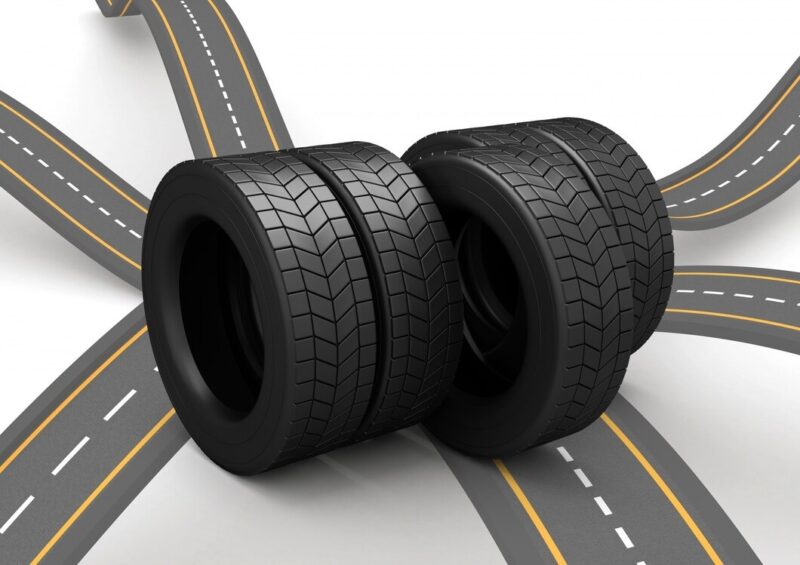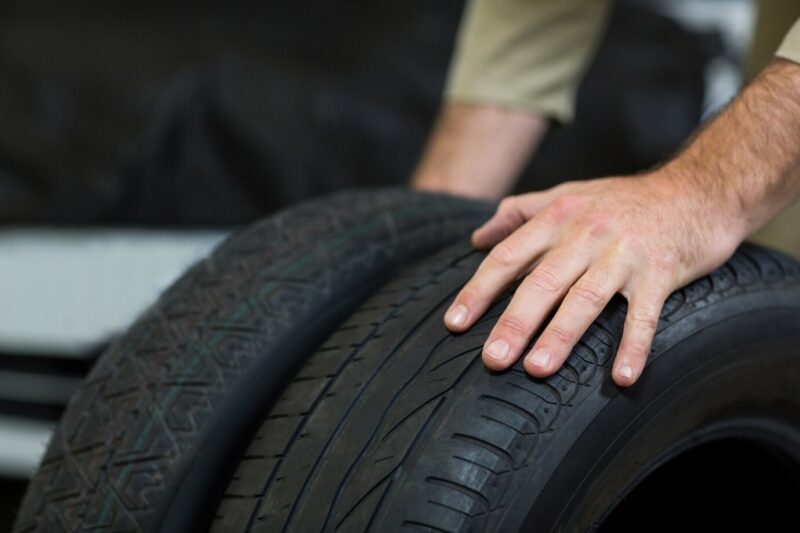Shopping for new tires can feel overwhelming. Some people go straight for the most affordable option, thinking it’s an easy way to save money.
But is that really true? Are inexpensive options the best choice, or do they just cause bigger problems down the road?
Let’s take a closer look at how cheap tires stacks up against pricier alternatives.
Key Points:
- Quality affects safety, durability, and long-term savings.
- Used winter options can be smart if carefully chosen.
- Low-cost tires often sacrifice grip, lifespan, and fuel efficiency.
- Investing upfront could save money later.
The Reality of Cheap Tires

Low-cost tires are tempting when you’re working with a tight budget. However, they often come with hidden downsides. One major issue is the lack of consistent grip on wet or icy roads. Cheaper materials and manufacturing processes lead to quicker wear and less reliable performance.
You might save a few bucks today, but you could spend more later on repairs or replacements. Worse, you could put yourself and others at risk. Budget options may seem smart at first glance, but their long-term value often leaves much to be desired.
Buying Used Tires
Not all budget-friendly options are bad. For those preparing for colder months, buying used winter tires can sometimes be a smart move.
Many retailers offer high-quality second-hand options that balance affordability with performance. One example is Rectangle Auto Supply, where they provide reliable products that ensure safety without breaking the bank.
The True Cost of Cheap Tires
Low prices often mean compromises in quality. Here are some common pitfalls:
- Durability Issues – Cheap materials wear down faster, leading to frequent replacements.
- Reduced Safety – Low traction and poor braking performance on wet surfaces create hazards.
- Poor Fuel Efficiency – Inexpensive tires increase rolling resistance, costing you more in gas.
- Shorter Lifespan – Spending more upfront often results in fewer replacements, saving you money over time.
The appeal of saving money is understandable, but cheap options often fail to deliver lasting value. Quality products cost more because they are built to perform better and last longer.
How to Make Smart Choices
Looking for affordable but reliable tires? Keep these tips in mind:
- Consider Used Options – Trusted retailers often sell lightly used tires in excellent condition.
- Prioritize Seasonal Needs – For winter driving, invest in something designed for snow and ice.
- Read Reviews – Look for feedback on performance and longevity before making a purchase.
- Inspect Before Buying – Check for uneven wear or visible damage.
- Balance Cost and Quality – Don’t automatically go for the cheapest option.
Performance Matters More Than Price

Imagine skimping on quality and ending up with bald tires after just a year. Suddenly, that “great deal” doesn’t feel so great anymore. Performance plays a critical role in how your vehicle handles, especially during emergencies.
Whether you’re braking on slick roads or swerving to avoid an obstacle, having reliable tires can mean the difference between safety and disaster.
Used Tires: A Better Alternative?
Used doesn’t always mean inferior. Many pre-owned options have plenty of life left, especially when inspected by reputable sellers.
They provide a middle ground between cheap and premium choices, giving you the best of both worlds. If you’re willing to shop around, you can find affordable options that meet your needs without sacrificing safety.
Is Saving Money Really Worth It?
Low-cost tires might save you a bit now, but they often cost more in the long run. Between shorter lifespans, frequent replacements, and added risks, the hidden expenses add up fast.
If you’re on a budget, consider used options or mid-range alternatives. Spending a little more upfront can save you money, time, and headaches down the road.


